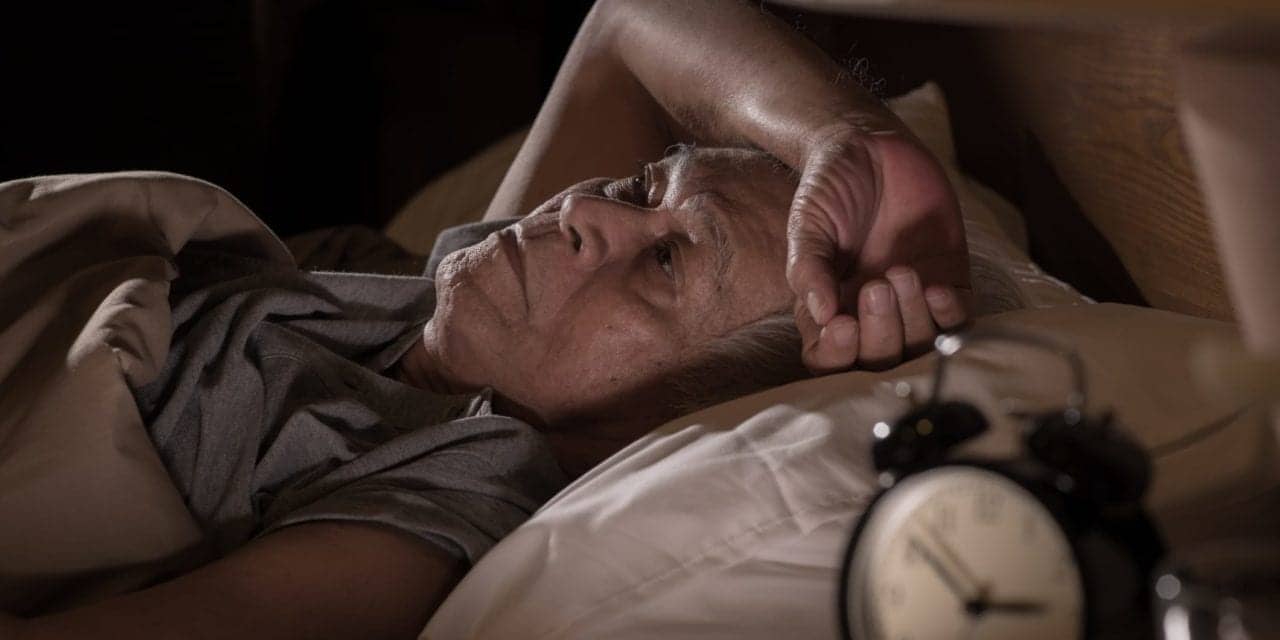Excessive wake time is commonly viewed as a direct consequence of obstructive sleep apnea (OSA) or periodic limb movements. But a new study published in the Journal of Clinical Sleep Medicine finds that when excessive wake time occurs with OSA or periodic limb movements, it is in fact an independent disorder related to abnormal central control of sleep depth.
First author Magdy Younes, MD, FRCPC, PhD, says the study findings provide quantifiable evidence for the hyper-arousal hypothesis for insomnia and opens up new areas of research into the treatment of sleep disorders. Younes is medical founder of Cerebra Health Inc and distinguished professor emeritus at the University of Manitoba in Canada. Coauthor Eleni Giannouli, MD, FRCPC, is director of the Misericordia Sleep Disorder Centre.
The study, which included 267 patients and used Cerebra’s ORP (odds ratio product) sleep depth measurement, shows that a patient’s wake time is correlated with how fast the brain transitions from wakefulness to deep sleep. This rate is measured by a variable dubbed ORP-9 (sleep sensitivity), provided by Cerebra’s software, which is the sleep depth reached 9 seconds after the end of sleep disturbance.
ORP-9 was quite high, indicating slow sleep progression, in patients who had excessive wake time whether they had OSA or abnormal movements. On the other hand, ORP-9 was significantly lower in patients with normal wake time, again whether they had OSA or abnormal movements. This indicates that when excessive wake time is present in patients with mild or moderate sleep apnea and/or periodic limb movements, the wake time is unrelated to these conditions. Rather, it is a separate sleep disorder in its own right related to slow sleep progression which should be addressed separately.
In an editorial accompanying the paper, Danny Eckert, PhD, director of the Adelaide Institute for Sleep Health, said, “The current novel findings are interesting and intriguing for several reasons. Indeed, they provide novel insight into the pathophysiology of common sleep disorders, new knowledge on the interaction between key, have potential implications for therapy and generate important questions in which to pursue in future research studies.”
Younes says in a release, “Over 1/3 of people suffering from sleep apnea and/or abnormal movements complain of insomnia and have excessive wake time during sleep. This type of insomnia, called insomnia with short sleep duration, is associated with significant psychiatric and medical complications. In patients with combined OSA and insomnia the general thinking is that it is the sleep apnea that disrupted sleep and caused insomnia, and treatment was primarily directed at the apnea. The current findings suggest that not only is OSA not responsible for the excessive wake time, but it is possible that the insomnia is contributing to the severity of OSA since light sleep, a characteristic of this type of insomnia, is now well known to be a risk factor for OSA. Thus, treating the insomnia may actually improve OSA.
“It is commonly believed that failure to turn our mind off as we try to sleep is an important cause for failure to sleep. The finding that ORP-9 (sleep sensitivity) is abnormally high in patients with excessive wake time, regardless of whether OSA is present, suggests that failure to turn one’s mind off in such cases is the result, rather than the cause, of failure to sleep; when sleep progresses slowly, one remains in a light sleep state for a while. During this time minor stimuli would reverse the process and produce excessive wake time.”
Sleep apnea often causes individuals to wake briefly and repeatedly throughout the night. Without access to digital sleep analysis, doctors may incorrectly characterize this wake time as a direct result of the apnea, according to Cerebra, which makes ORP Sleep Depth and Sleep Sensitivity metrics available in its sleep testing service.




